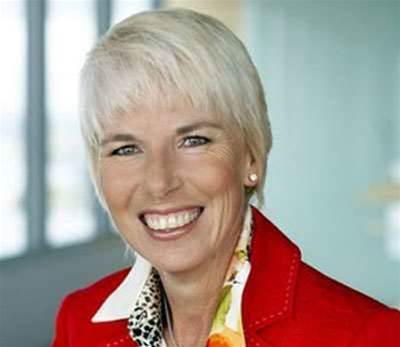Westpac has hired 1,254 technology staff since last March to provide IT support and work on its five year, $2 billion Strategic Investment Priorities (SIPs) program.

Announced last October (pdf), the SIPs program was a schedule of 15 projects to address legacy technology issues, improve customer service, and introduce enterprise-wide services by 2014.
The bank today reported hiring 482 technology staff in the six months to 31 March, in additional to 772 in the six months prior.
Westpac Group had a total headcount of 38,184 Full-Time Equivalent (FTE) staff – 590 less than in September 2010 due to reported productivity gains, but 1,044 more than in March 2010.
According to the group’s Interim 2011 report (pdf), technology hires contributed to a three percent ($53 million) increase in staff expenses since March 2010
Growth was driven by both the SIPs program and the "direct employment of IT support staff previously supplied by an external vendor". However, a Westpac spokesman said it had not reduced the scope of existing, long-term deals with IBM, Infosys, TCS and Wipro.
Adding to the cost were pay rises, which had returned to an average of four percent in January after “a period of low salary increases during the [Global Financial Crisis]”, the bank reported.
Westpac CEO Gail Kelly told investors that the Group’s $3.96 billion profit was a “good quality result”.
“We are making strong progress on our agenda ... this is being aided by the excellent work and milestones being achieved in our SIPs and productivity program,” she said.
Westpac reported that the 18-month-old SIPs program was tracking to plan, having migrated St.George Bank and BankSA credit cards onto the group’s target cards platform – an “integral step towards achieving a single cards platform”.
The bank also deployed systems that allowed customers to deposit cash without deposit slips; a new call centre desktop application; new collections case management program; and new telephony systems between branches and operations centres.
Further, “various [infrastructure] upgrades and enhancements” had been made including data centre upgrades; new testing infrastructure; a multi-brand customer relationship management platform and new middleware for improving systems connectivity.
“Further progress on our SIPs program, with major milestones on our customer facing systems and online platform, [is] expected over the next 12 months,” Westpac stated in its summary.
The bank spent $297 million on SIPs expenses, capitalised software and fixed assets this reporting period, resulting in a total of $804 million to date.
Westpac's Retail and Business Banking (RBB) division incurred most of the costs, due to the group’s approach of allocating costs to the business units that received the benefits and capabilities of each program.
Kelly said future expenses would depend on which SIPs programs were prioritised, noting that data centre projects incurred a higher capital expense than projects that relied predominantly on staff.
Westpac CFO Philip Coffey said expenses were well managed over the year, although he expected SIPs expenses to increase in future periods as new projects kicked off and capital assets were amortised.
Edited at 3.50pm to include information from a Westpac spokesman about external vendors.



.png&h=140&w=231&c=1&s=0)






 iTnews Executive Retreat - Security Leaders Edition
iTnews Executive Retreat - Security Leaders Edition











_(1).jpg&h=140&w=231&c=1&s=0)



